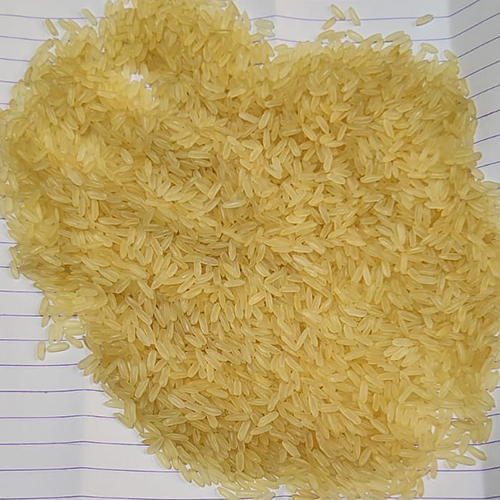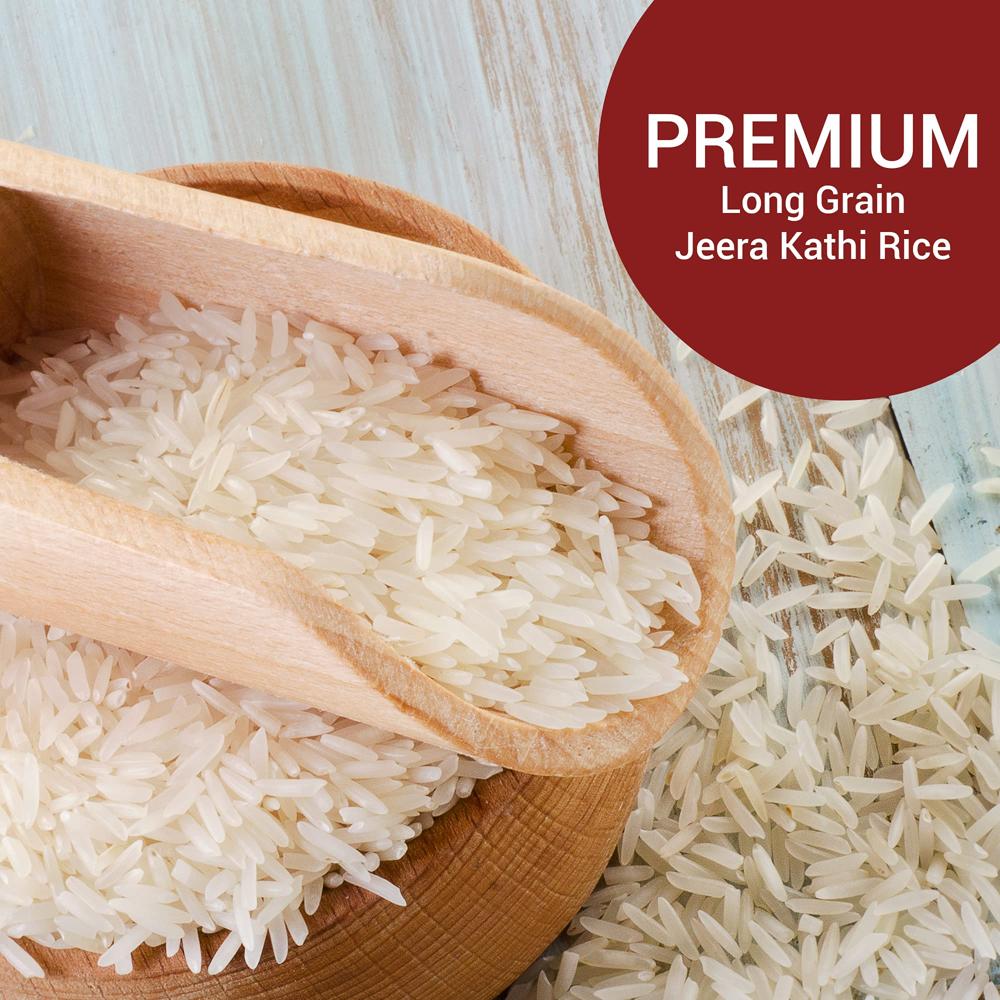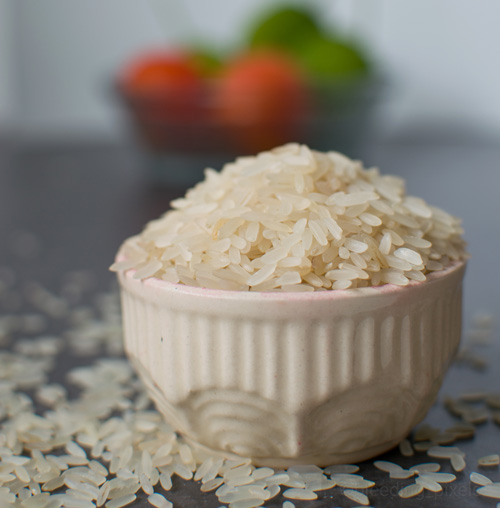IR36 parboiled rice
32.0 आईएनआर/Kilograms
उत्पाद विवरण:
- टाइप करें
- खेती का प्रकार
- स्टाइल
- सुखाया हुआ
- रंग
- शेल्फ लाइफ वर्ष
- उत्पत्ति India
- अधिक देखने के लिए क्लिक करें
X
मूल्य और मात्रा
- 100
उत्पाद की विशेषताएं
- India
- वर्ष
व्यापार सूचना
- प्रति दिन
- दिन
- , , , , , , , ,
उत्पाद वर्णन
IR36 is a high-yielding, semi-dwarf rice variety developed in 1976 by Dr. Gurdev Khush at the International Rice Research Institute (IRRI) in the Philippines. It was created by cross-breeding IR8 with 13 parent varieties from six countries, resulting in a cultivar that combined early maturity, disease and pest resistance, and desirable grain quality.vishnuricemill.com+3ISAAA+3Wikipedia+3Wikipdia, lencyclopdie libre+3vishnuricemill.com+3Pitambar foods+3Key Features of IR36 Rapid Maturity: IR36 matures in approximately 105 days, significantly faster than traditional varieties that take 150170 days, and quicker than its predecessor IR8, which matures in about 130 days. Wikipdia, lencyclopdie libre+4vishnuricemill.com+4Pitambar foods+4 High Yield Potential: Under optimal conditions, IR36 can yield up to 4,235 kg/ha, with average yields ranging between 3,5004,000 kg/ha, depending on factors like sowing time and land type. ResearchGate Pest and Disease Resistance: The variety exhibits strong resistance to several major pests and diseases, including stem borers, bacterial leaf blight, and blast, reducing the need for chemical pesticides. samaytrade.com+7ISAAA+7vishnuricemill.com+7 Grain Quality: IR36 produces medium-long, slender grains that are non-aromatic, making them suitable for a variety of dishes. The grains are preferred in many countries for their cooking quality and texture. Pitambar foods+5Wikipedia+5vishnuricemill.com+5 Adaptability: The variety is well-suited for both rainfed upland and irrigated ecosystems, making it versatile across different agricultural settings. Krishi Rasayan Group Impact and LegacyIR36 became one of the most widely planted rice varieties globally during the 1980s, covering approximately 110,000 km. Its rapid adoption contributed significantly to the Green Revolution in Asia by increasing food security and reducing rice prices. The success of IR36 paved the way for the development of subsequent high-yielding varieties like IR64 and IR72.IRRI Books+7Wikipedia+7Pitambar foods+7Availability in IndiaIn India, IR36 is still cultivated and available through various suppliers. It is commonly offered as parboiled or raw rice in different packaging sizes, catering to both domestic consumption and export markets.FAQs of IR36 parboiled rice:
Q: Is IR36 parboiled rice organic?
A: Yes, IR36 parboiled rice is cultivated organically.Q: What is the color of IR36 parboiled rice?
A: The color of IR36 parboiled rice is white.Q: Is IR36 parboiled rice fresh or processed?
A: IR36 parboiled rice is classified as fresh.Q: Does IR36 parboiled rice come dried?
A: Yes, IR36 parboiled rice is dried.Q: What is the shelf life of IR36 parboiled rice?
A: The shelf life of IR36 parboiled rice is 2 years.Q: Where does IR36 parboiled rice originate from?
A: IR36 parboiled rice originates from India.Tell us about your requirement

Price: Â
Quantity
Select Unit
- 50
- 100
- 200
- 250
- 500
- 1000+
Additional detail
मोबाइल number
Email









 जांच भेजें
जांच भेजें एसएमएस भेजें
एसएमएस भेजें English
English Spanish
Spanish French
French German
German Italian
Italian Chinese (Simplified)
Chinese (Simplified) Japanese
Japanese Korean
Korean Arabic
Arabic Portuguese
Portuguese